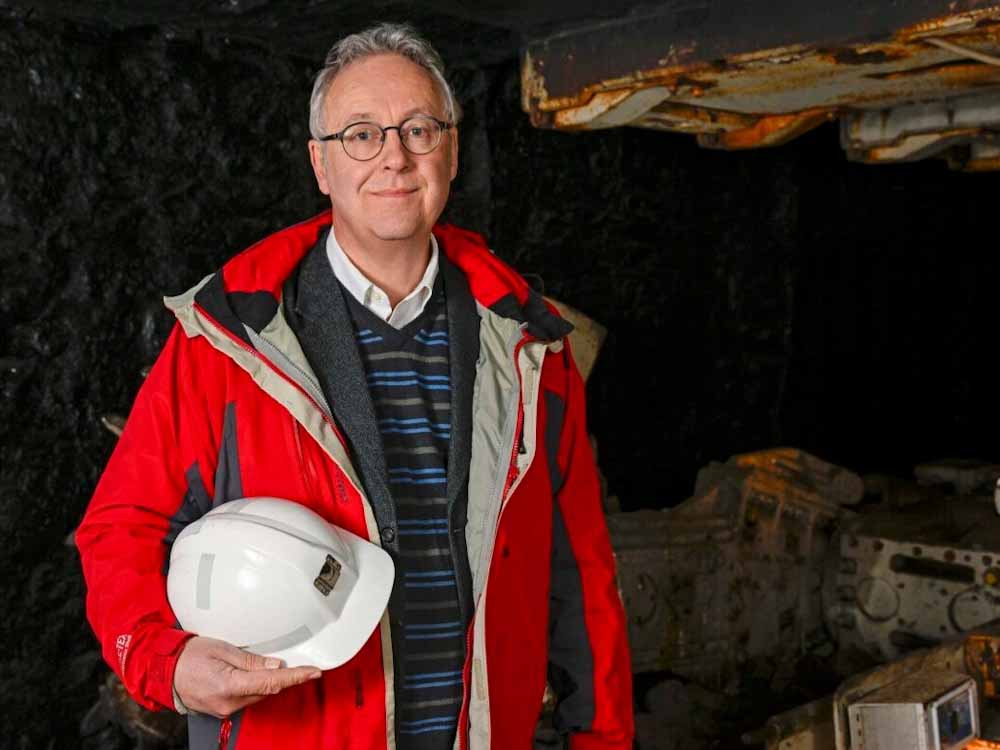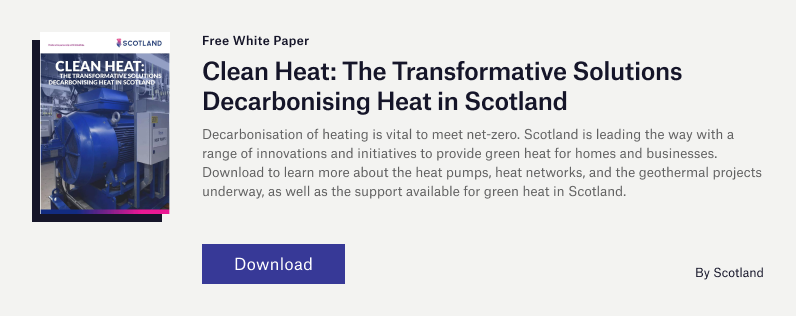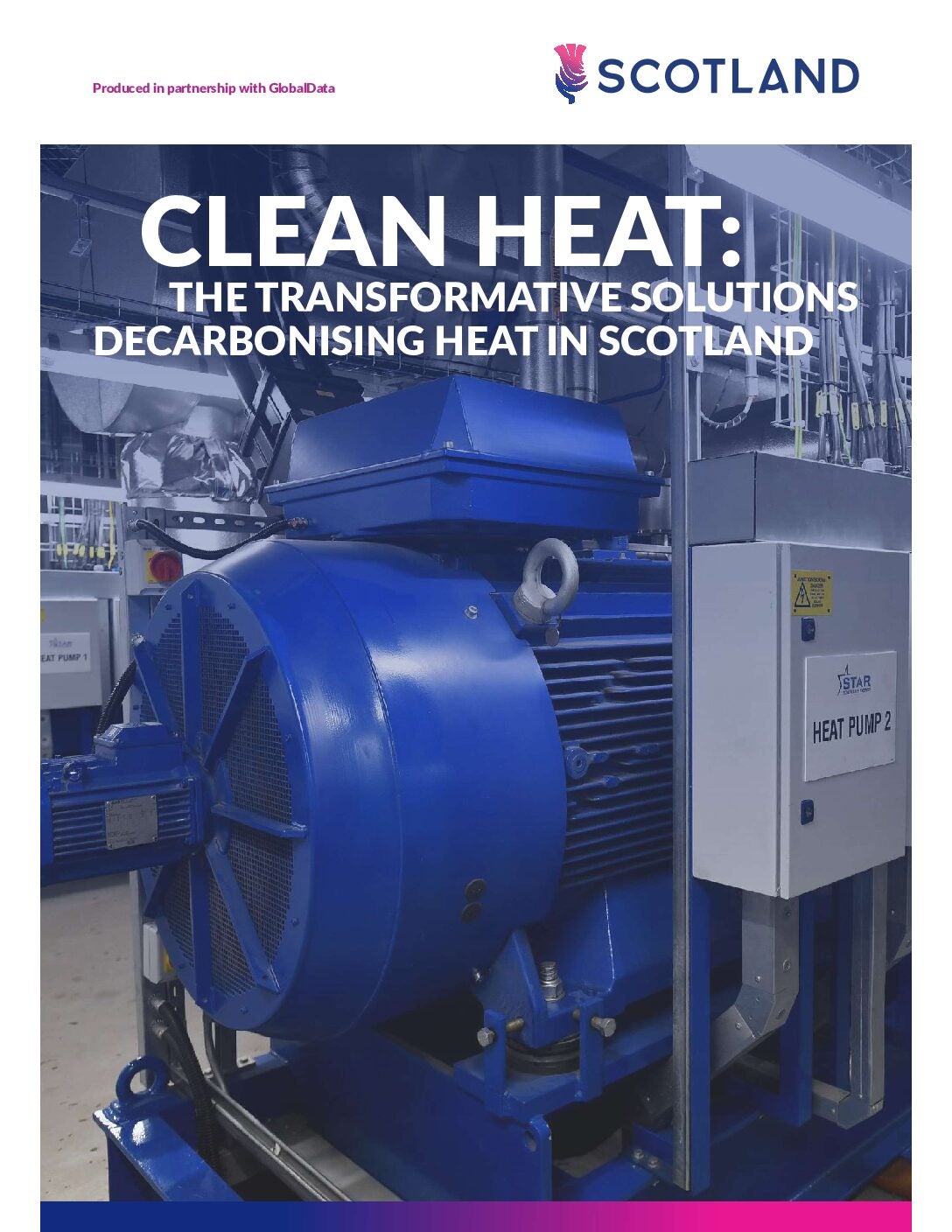
A £2.6m feasibility study has started in Edinburgh to determine whether waste heat from a supercomputer could deliver energy to thousands of homes in the city.
The University of Edinburgh’s Advanced Computer Facility (ACF) currently releases up to 70GWh of excess heat a year. This is expected to rise to 272GWh when the new Exascale supercomputer is installed. These huge units of energy could be repurposed to provide heat to more than 5,000 homes in and around the Scottish capital if the upcoming project is a success.

Under the study, researchers will assess whether excess heat generated by the ACF can be transferred and stored in water in the city’s disused mine network. From there, the idea is to extract stored heat with ground pump technology to send hot water to households.
The lead academic on the project is Professor Christopher McDermott, from the University of Edinburgh’s School of Geosciences. “Most disused coal mines are flooded with water, making them ideal heat sources for heat pumps,” he says. “With more than 800,000 households in Scotland in fuel poverty, bringing energy costs down in a sustainable way is critical, and using waste heat could be a game-changer.”
The potential applications of this technology are huge. A quarter of UK homes – seven million – currently sit on top of former mines, with many of these filled with water. Provided the trials progress as intended, it could turn flooded mines into extensive thermal energy storage facilities. The outcome of this study could have huge benefits for net-zero targets across Scotland and the UK.
Funding for the Edinburgh Geobattery project will come from partners on both sides of the Atlantic. Among the list of collaborators are the University of Edinburgh, Scottish Enterprise, the US Department of Energy, and University College, Dublin.
David Townsend, founder of TownRock Energy, said: “We are pleased to be leading this multi-national research consortium, benefitting from world-leading academic expertise. Capturing, storing and re-using waste heat is critically important to reaching net zero, and here we are learning and testing how best to do this in the ground, in legacy coal mine infrastructure.”
Known as Galleries 2 Calories, the project is part of a series of initiatives that seek to connect Scotland’s underground mine network as a prime source of clean energy and means of storing and reusing waste heat. Other geothermal projects include TownRock Energy’s BODYHEAT at SWG3 nightclub, which takes the heat from people on the dancefloor and stores it for later use. In addition, the STEaM project seeks to use energy from wind turbines that cannot be used by the grid to increase the temperature of mine water and effectively create a giant underground immersion heater.
To learn more about the clean heat sector in Scotland, download the document below.



